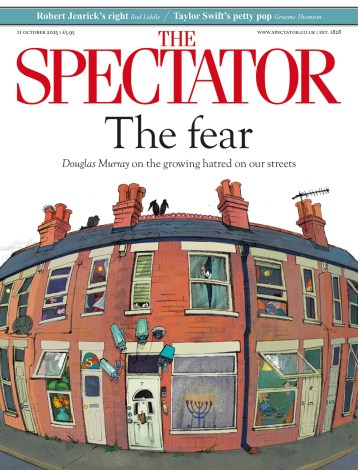Too good for words
I confess myself baffled by this fable. The narrative is as clear, the prose as uncluttered, as one expects from Susan Hill, but its very simplicity leaves me wondering whether I’ve missed the point. I confess myself baffled by this fable. The narrative is as clear, the prose as uncluttered, as one expects from Susan Hill, but its very simplicity leaves me wondering whether I’ve missed the point. The strapline tells me to expect a tale of ‘greed, goodness, and an extraordinary miracle’. Well, it doesn’t seem to be about greed at all. There isn’t a greedy person in it. Needy, yes; it deals with need. ‘Goodness’ is more like







